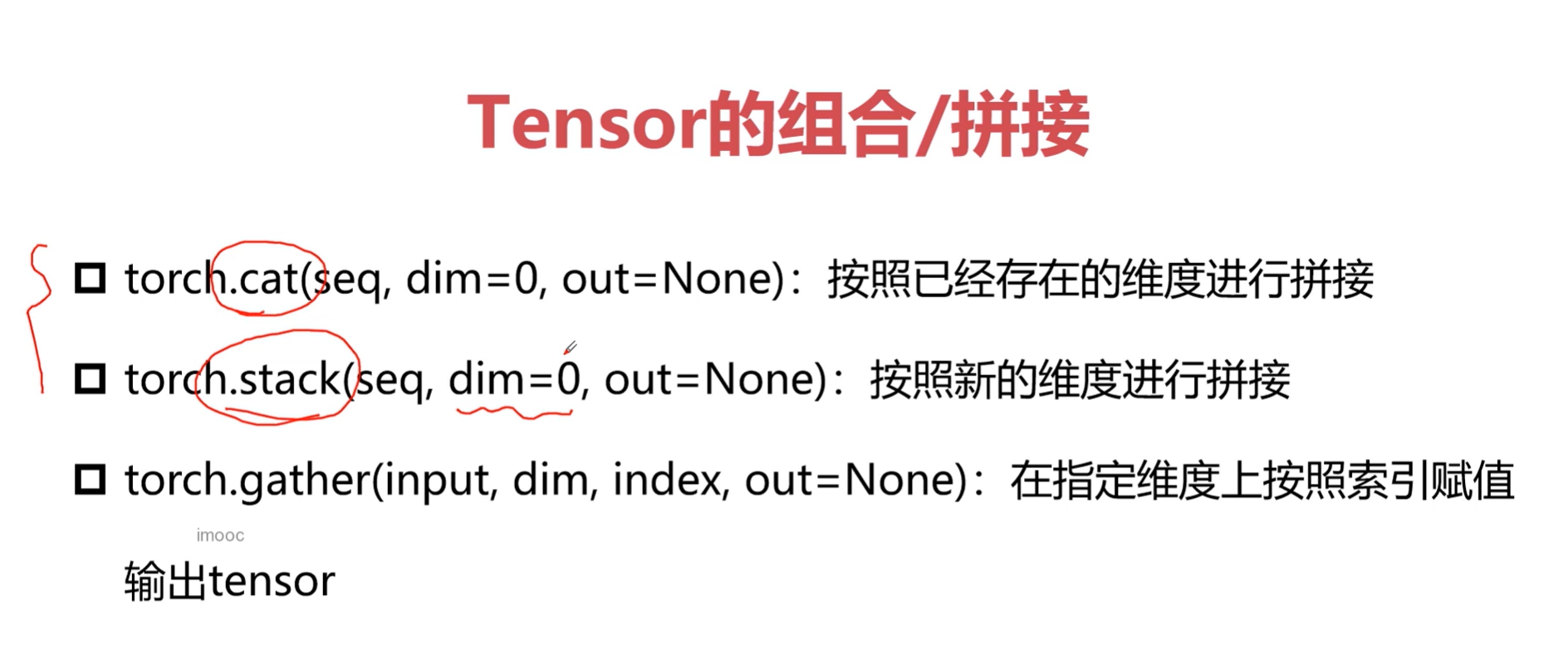
torch.cat()
a = torch.zeros((2,4))
b = torch.ones((2,4))
out = torch.cat((a,b), dim=1)
print(out)运行结果如下:
tensor([[0., 0., 0., 0., 1., 1., 1., 1.],[0., 0., 0., 0., 1., 1., 1., 1.]])torch.stack():在新的维度进行拼接
a = torch.linspace(1,12,12).view(4,3)
b = torch.linspace(12,24,12).view(4,3)
print(a,b)
out = torch.stack((a,b), dim=1)
print(out)
print(out.shape)
print(out[:,0,:]) #a
print(out[:,1,:]) #b运行结果如下:
tensor([[ 1., 2., 3.],[ 4., 5., 6.],[ 7., 8., 9.],[10., 11., 12.]])
tensor([[12.0000, 13.0909, 14.1818],[15.2727, 16.3636, 17.4545],[18.5455, 19.6364, 20.7273],[21.8182, 22.9091, 24.0000]])
tensor([[[ 1.0000, 2.0000, 3.0000],[12.0000, 13.0909, 14.1818]],[[ 4.0000, 5.0000, 6.0000],[15.2727, 16.3636, 17.4545]],[[ 7.0000, 8.0000, 9.0000],[18.5455, 19.6364, 20.7273]],[[10.0000, 11.0000, 12.0000],[21.8182, 22.9091, 24.0000]]])
torch.Size([4, 2, 3])
tensor([[ 1., 2., 3.],[ 4., 5., 6.],[ 7., 8., 9.],[10., 11., 12.]])
tensor([[12.0000, 13.0909, 14.1818],[15.2727, 16.3636, 17.4545],[18.5455, 19.6364, 20.7273],[21.8182, 22.9091, 24.0000]])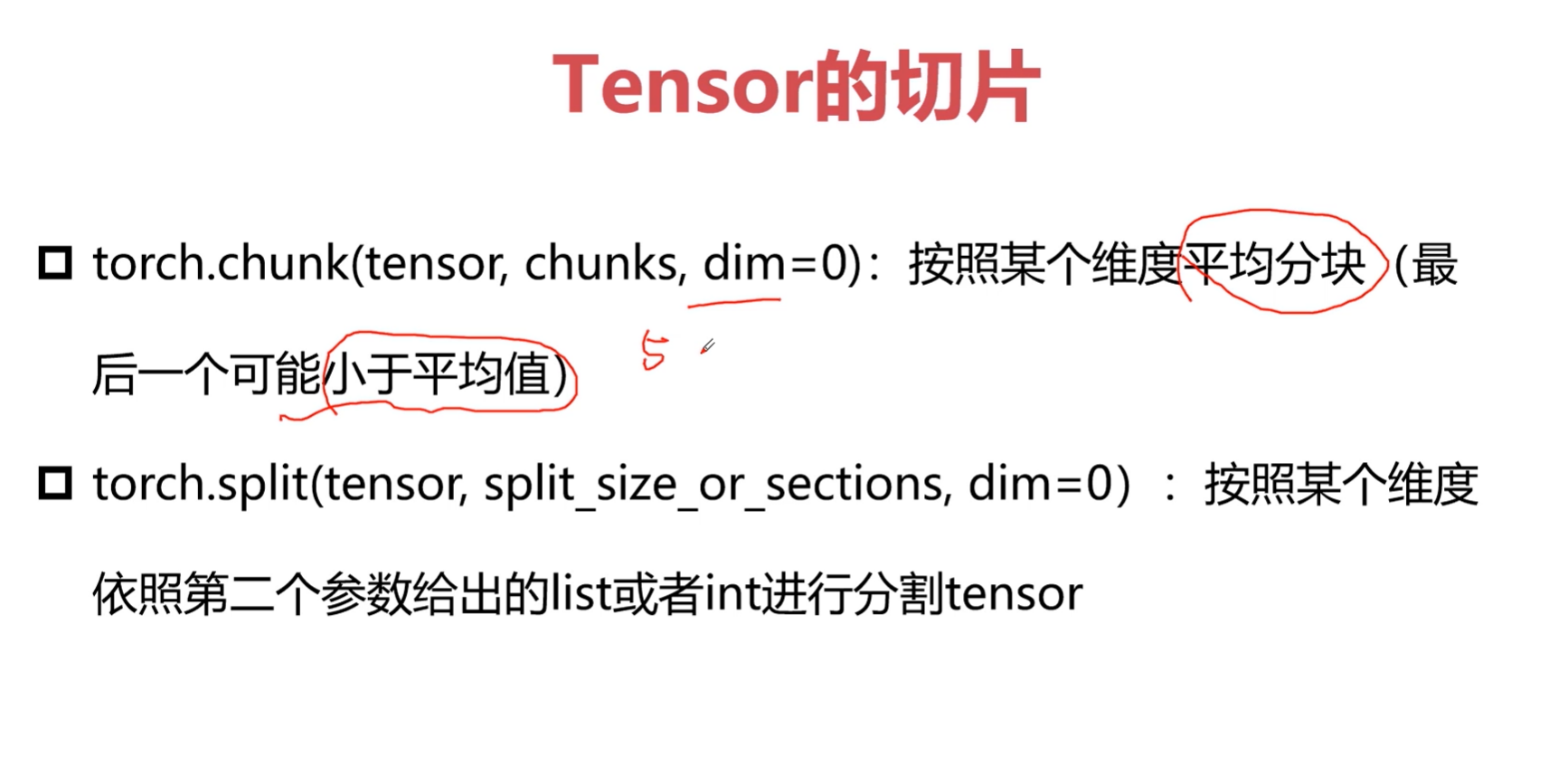
torch.chunk():无法平均的话最后一块小于平均值
a = torch.rand(3,4)
print(a)
out = torch.chunk(a, 2, dim = 0) #零维度上平均切成两块
print(out)
运行结果如下:
tensor([[0.8622, 0.8813, 0.8506, 0.4134],[0.0779, 0.7562, 0.1696, 0.2435],[0.4689, 0.9242, 0.3887, 0.0454]])(tensor([[0.8622, 0.8813, 0.8506, 0.4134],[0.0779, 0.7562, 0.1696, 0.2435]]), tensor([[0.4689, 0.9242, 0.3887, 0.0454]]))torch.split():两种切分方式如下
a = torch.rand(5,4)
out = torch.split(a, 2, dim=0) # 2组切一刀
print(out)
结果如下:
(tensor([[0.5005, 0.7890, 0.9882, 0.3623],[0.4507, 0.7575, 0.3662, 0.1380]]), tensor([[0.5239, 0.0081, 0.1808, 0.1356],[0.5778, 0.3228, 0.8367, 0.5824]]), tensor([[0.2967, 0.7542, 0.2384, 0.3248]]))out = torch.split(a, [1,2,3], dim=0) #按照list清单来切
结果如下:
(tensor([[0.3039, 0.0142, 0.6083, 0.0831]]),
tensor([[0.2401, 0.0204, 0.2778, 0.6313]]),
tensor([[0.1951, 0.9309, 0.3008, 0.0065],[0.2678, 0.8499, 0.7622, 0.3273],[0.1647, 0.1284, 0.4363, 0.3052]]))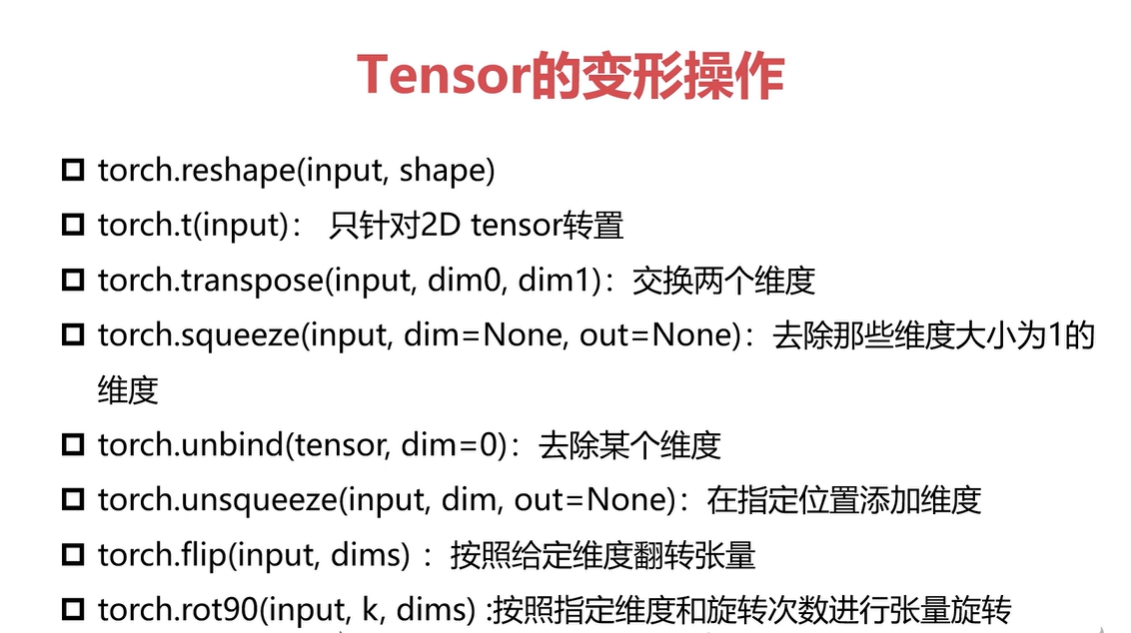
以下是几个易混淆的实例
out = torch.unsqueeze(a,0) #-1表示把维度增加在最后面
out = torch.unbind(a, dim=2) #去除某个维度有点类似于在这个维度上切块操作
print(torch.flip(a, dims=[1,2])) #可以同时对多个维度进行翻转
print(torch.rot90(a,2,dims=[0,1])) #传入2表示逆时针2*90°的旋转,若负数表示顺时针的90°旋转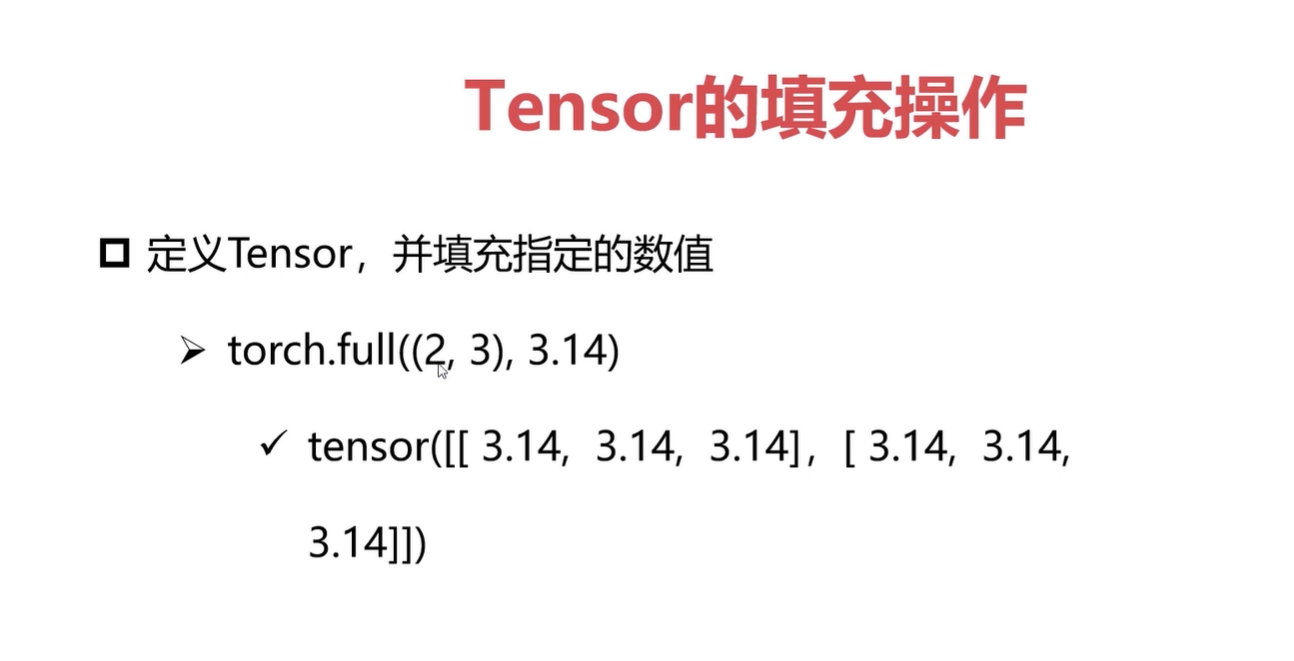
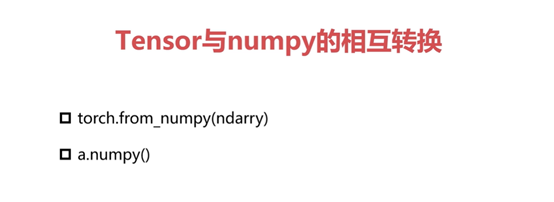
以下是把一张图片数据转换的实例:
im_data = cv2.imread("test.jpg")
print(im_data)
cv2.imshow("1", im_data)out = torch.from_numpy(im_data) #把numpy转换成Tensor数据print(out)
out = torch.flip(out, dims=[0]) #翻转0维度即图片的高
data = out.numpy() #把tensor转换成numpy
cv2.imshow("2", data)
cv2.waitKey(0)



?)
![[C#] Winform - 进程间通信(SendMessage篇)](http://pic.xiahunao.cn/nshx/[C#] Winform - 进程间通信(SendMessage篇))

